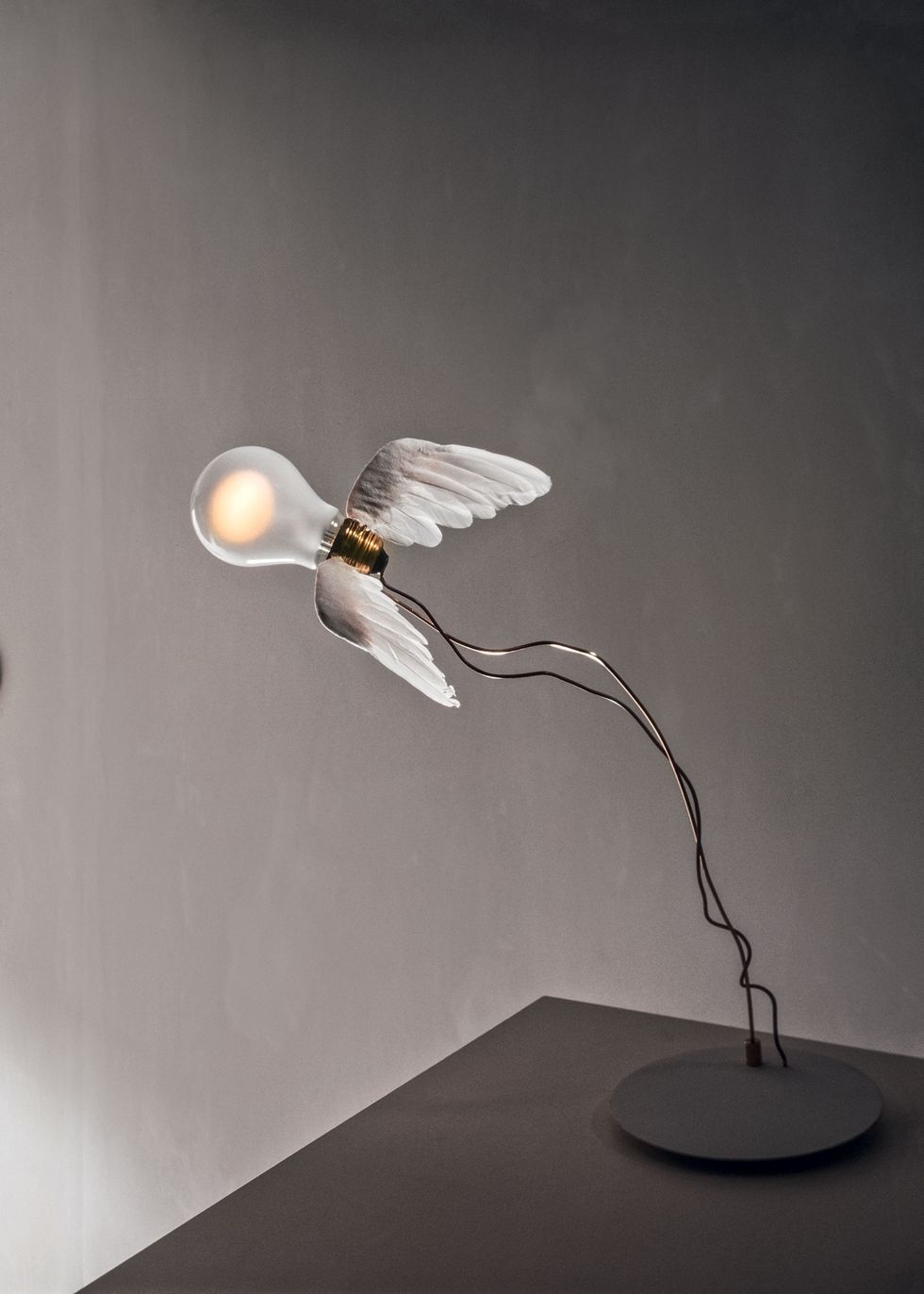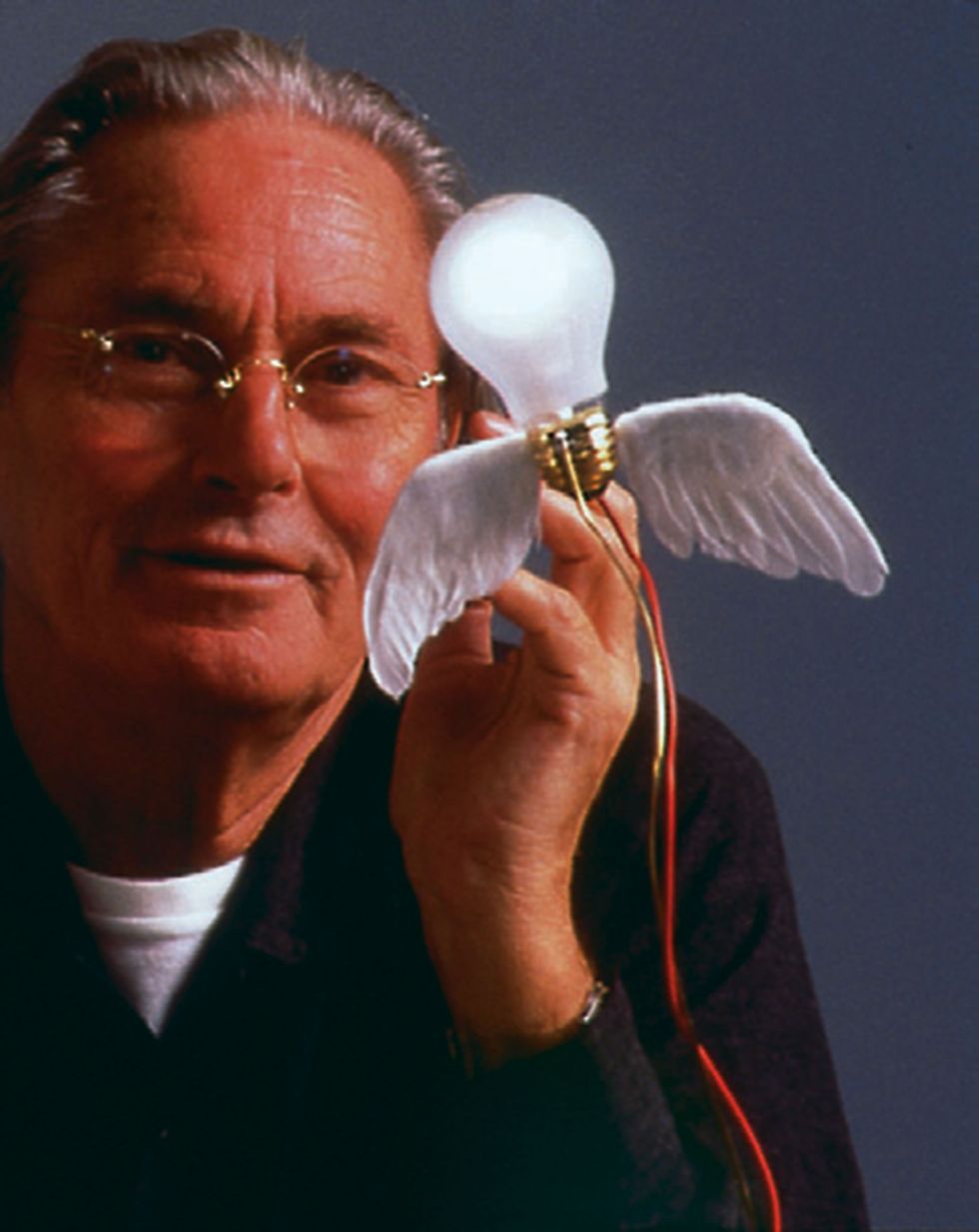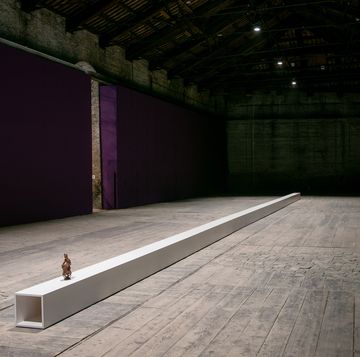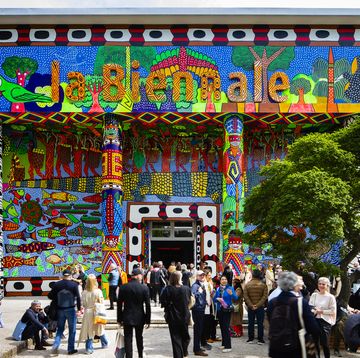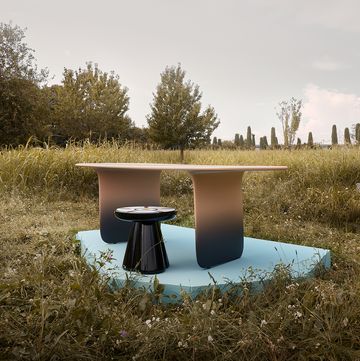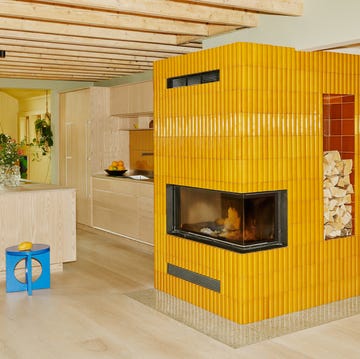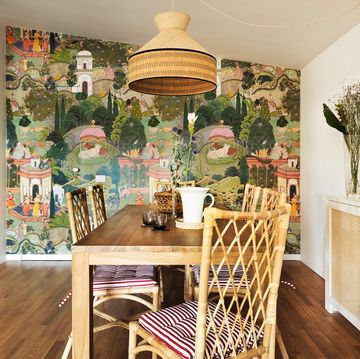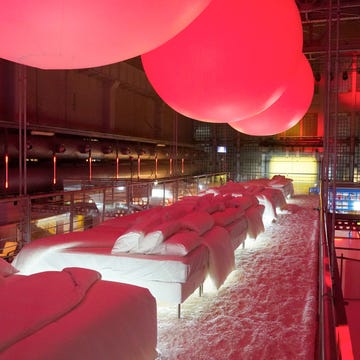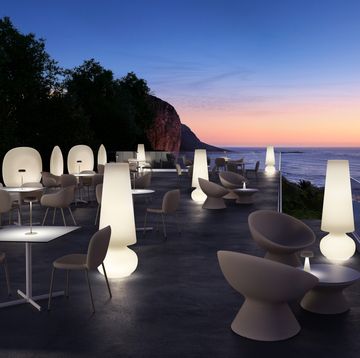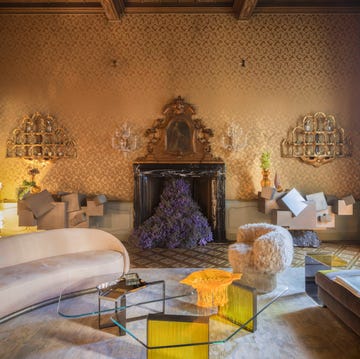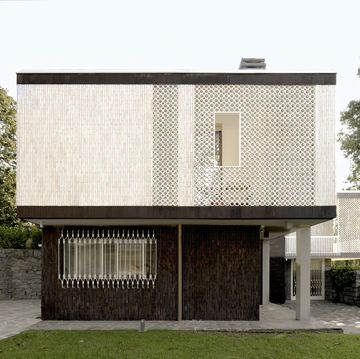Lucellino by Ingo Maurer (1932-2019) is a light bulb with wings, supported — or tethered down — with a copper wire. The simple image is just one of the countless projects that helped define the light designer’s prolific career, giving form to the memories and emotions of his childhood.
The name of the lamp, Lucellino, comes from the crasis of the Italian words luce (light) and uccellino (bird). An incandescent light bulb is equipped with a small pair of handmade wings in real duck feathers, ready to take flight. To support the floating filament are copper and red electric wires, completing the design conceived and produced by Ingo Maurer in 1992.
For the piece, the German designer drew on a symbolic and iconographic heritage belonging to us all — one that, like in the world of pop art, bleeds into kitsch, understood as the broad representation of mass culture.
“The lightbulb is the ideal symbiosis of poetry and technology,” said Maurer. It’s the modern emblem of light, the leitmotiv of his career, and a reference point for both visual expressiveness and conceptual approach. Many of his projects, including Bulb, No Fuss, Pollux, Thomas Alva Edison, and Big M, exalt the iconic value of the everyday, commercial lightbulb, while others like Lucellino or I Ricchi Poveri dress the lightbulb to give it new life.
Lucellino was born as a wall sconce, but is also available as a table lamp with Lucellino LED and Lucellino Doppio versions — the latter of which comes as a couple of flying lightbulbs that provide each other company. Meanwhile, when the birds become a small flock, the lamp is known more simply as Birds Birds Birds.
Free from tradition and formal clichés, Maurer was self-taught — an outsider in the fashionable world of product design. He had never studied the subject, nor had he interned with a company. Instead, the typographer and graphic designer was instinctively attracted to the immaterial beauty of light.
Innocently separating himself from the simplicity and functionalism of “good design”, Ingo Maurer operated in an undefined territory where art and craftsmanship meet design, breathing life into products capable of absorbing various images, languages, and methods. “The lights by Ingo Maurer seem incredibly simple to design (…) I believe this is the greatest compliment a designer could ever hope to receive, because simplicity is the hardest thing to obtain,” Vico Magistretti said of the designer.

